It's no surprise that choosing to give birth in or with the assistance of a birthing pool is a popular option for many. Helping you to feel cosy and safe, a water birth can lead to a more comfortable labour and is even said to reduce the pain of labour and contractions.
And you don't have to head to the hospital to use a birthing pool either. If you're having a home birth, you can buy a birth pool for around £170 but we'll be honest, there isn't loads of choice — in fact, we only found two in stock. This includes the leading brand — Birth Pool In a Box — which is typically available for renting, and another called La Bassine.
The best birthing pools at a glance
Alternatively, another option is to rent a home birth pool from a company or to borrow the pool — speak to the person who runs your local antenatal class, or try asking on local social media pages.
If borrowing, you'll need a new birth pool liner (around £30), plus the hose and tap connector (around £20), a pump to blow the pool up (around £10), and a pump to empty it (around £25, optional).
The best home birth pools
Best NHS approved birthing pool
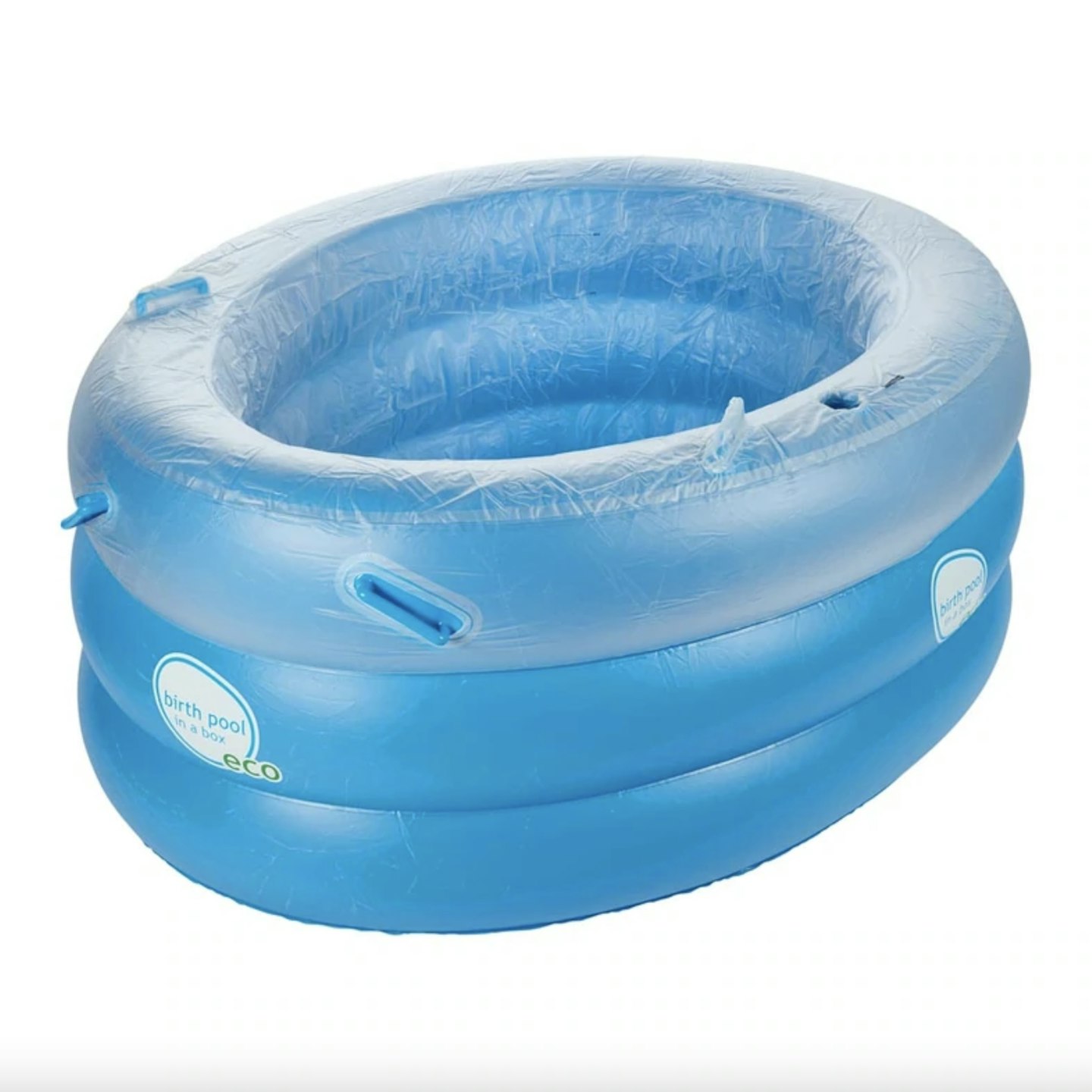 Birth Pool In a box
Birth Pool In a boxwww.birthpoolinabox.co.uk
This personal use birth pool comes with one disposable single-use liner. It's made from eco-friendly material and has two sets of top handles perfectly positioned to help you control your movement in labour plus an internal seat which is useful during labour for adopting alternative positions and movement. It's also an NHS-approved supplier.
Pros
- NHS approved
- Made from eco-friendly material
Cons
- Some found the water temperature dropped quickly
Best birthing pool kit
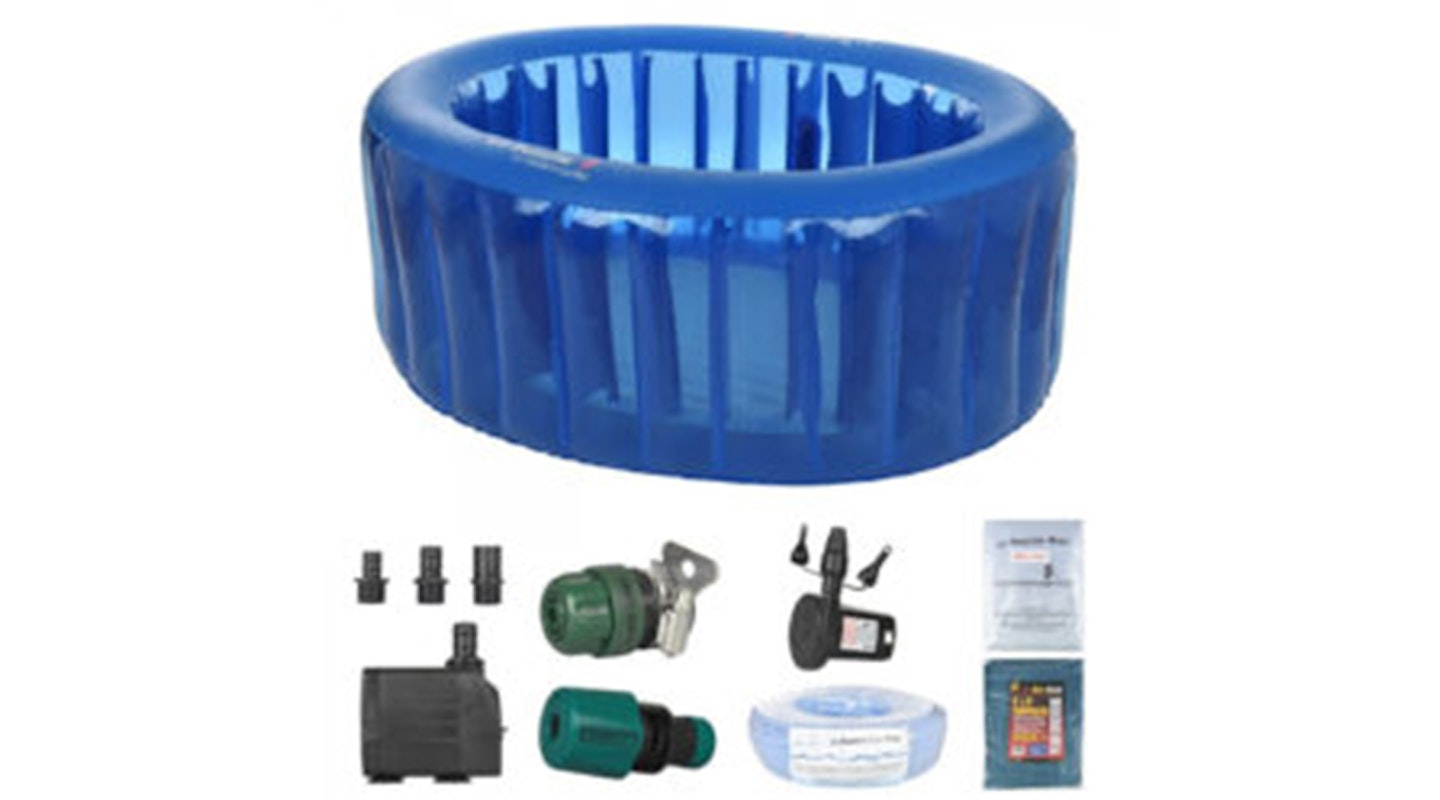 la bassine birth pools
la bassine birth poolslabassinebirthpools.co.uk
This birthing pool from La Bassine — created by a mum who had a water birth herself — comes with two handles positioned inside the pool, as well as a pool cover, liner, air pump, water pump, hose, tap connector, floor sheet, debris net, a nylon storage bag and a puncture repair kit.
Pros
- Features handles in the pool for extra security
- Includes accessories
Cons
- No external handles
Best white birth pool for home
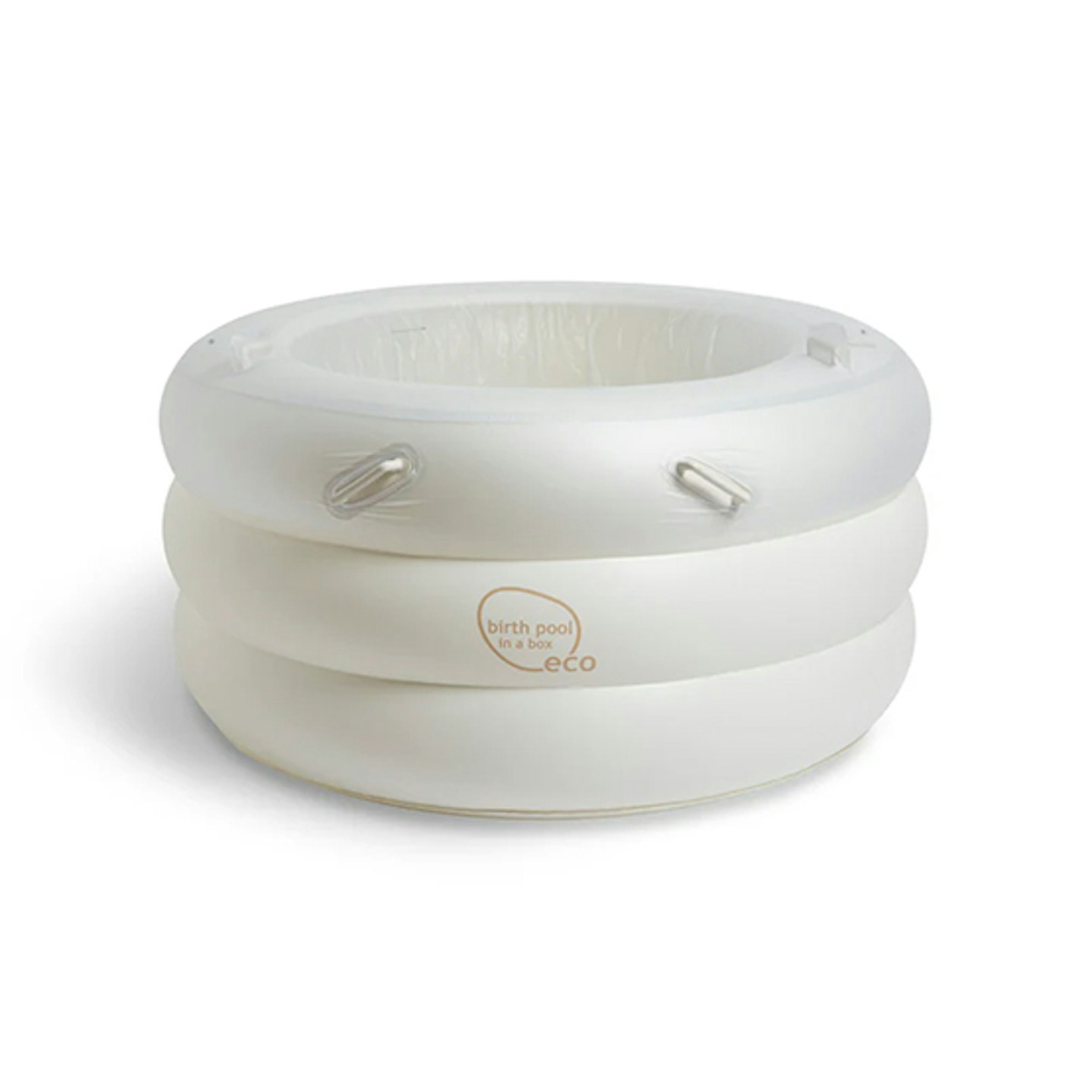 Birth pool in a box
Birth pool in a boxwww.birthpoolinabox.co.uk
If you're on the hunt for something more neutral to bring all the calm energy to your birth, then we love this white version of the pool. Blending in effortlessly with your decor, it's also an easy set up in just minutes. It's also super lightweight and portable if you're taking it with you to a birthing suite.
Pros
- Neutral colours and style for a more calming environment
- Easy to set up
Cons
- No internal handles
Birthing pools to hire
Best large birthing pool for hire
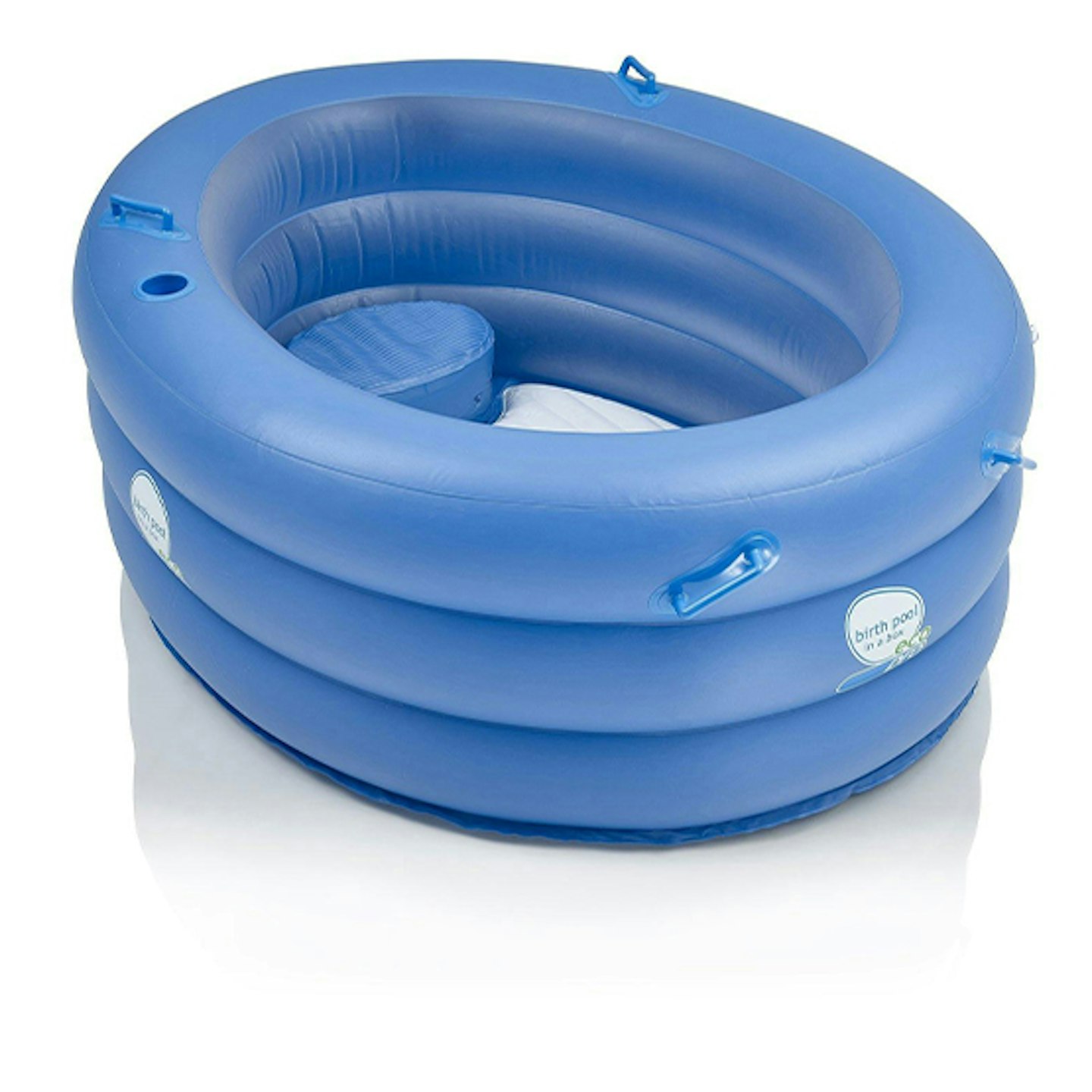 Bare Footbirth Pools
Bare Footbirth Poolswww.barefootbirthpools.co.uk
Measuring 193cm x 165cm the Regular pool is more spacious for the mother to labour and birth in but does require more space than the Mini pool and therefore also takes a little longer to fill. It has an inflatable floor, seat and handles positioned around the pool.
Best birth pool to hire for small spaces
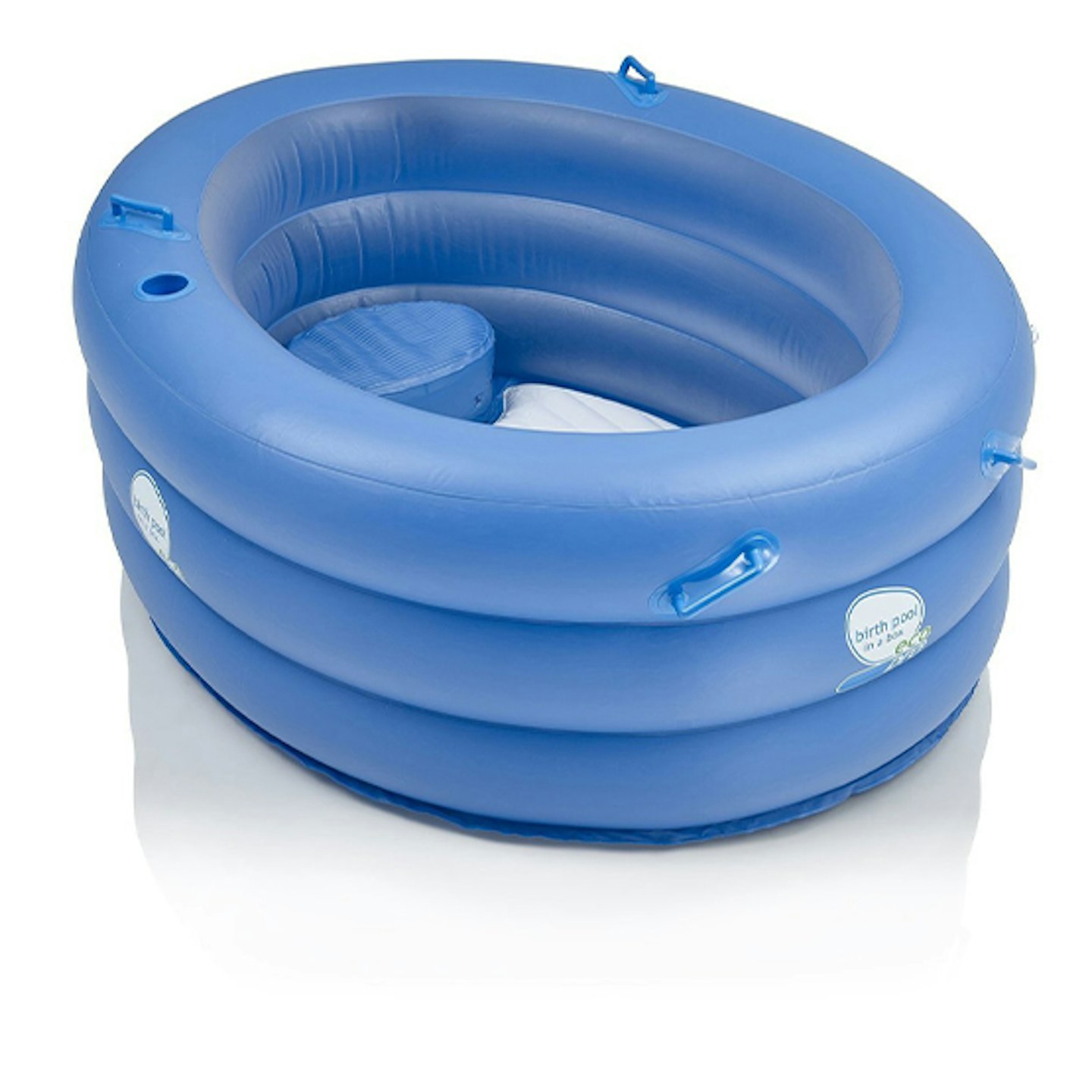 Bare Footbirth Pools
Bare Footbirth Poolswww.barefootbirthpools.co.uk
A smaller version of the above, this pool measures 165cm x 145cm and is quicker to fill as a result. With the same features such as inflatable floor, seat and handles, you should bear in mind that there is not enough room for your partner to join you in this mini version.
Birth pool accessories
https://www.amazon.co.uk/Earthside-Birth-Pools-LinerLong-Midwife/dp/B0CNNSRKS7?qmabarticle987-21
Best birth pool liner
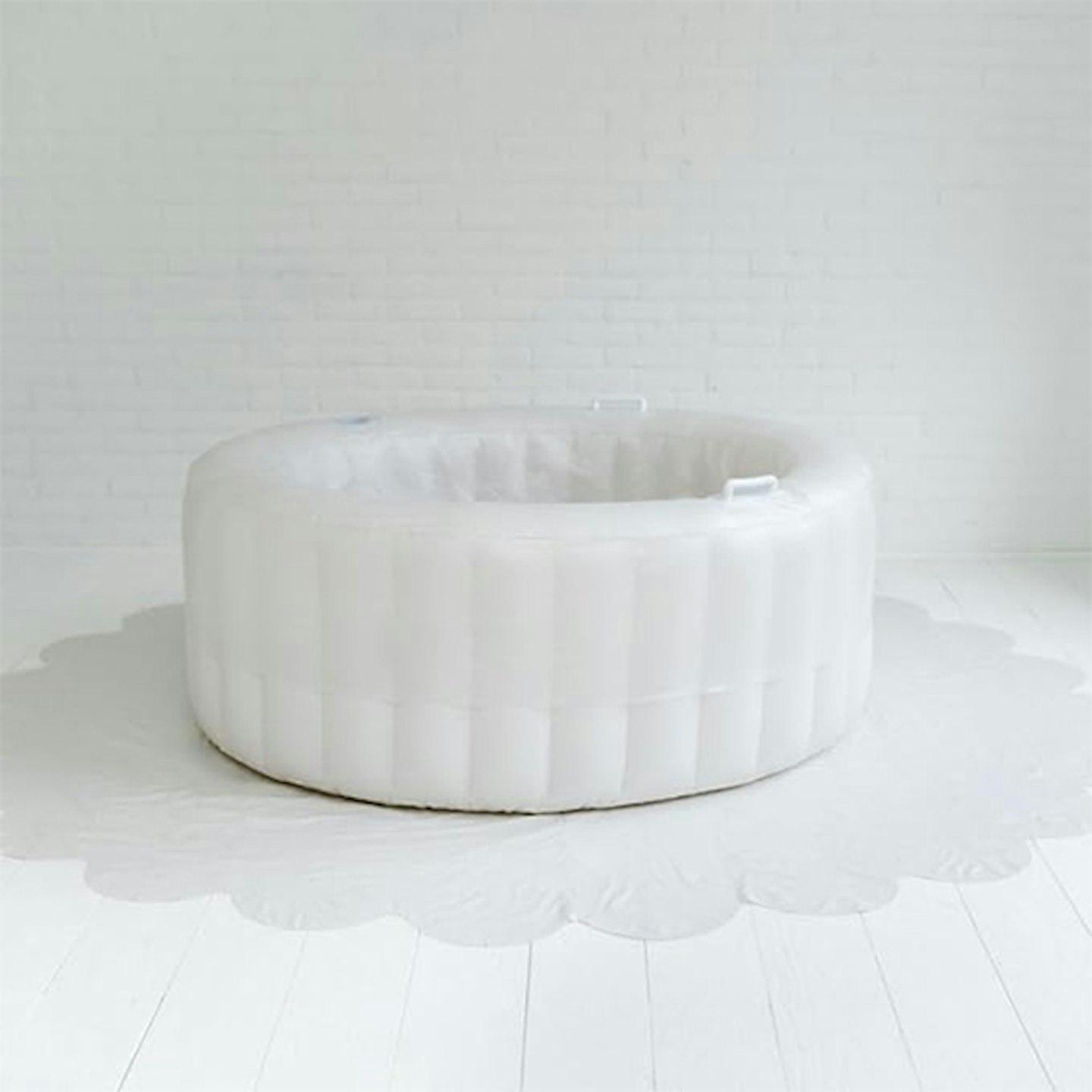 Earthside
EarthsideThis translucent inflatable birth pool liner is designed to fit Earthside birth pools perfectly. Designed for a snug and smooth fit that feels barely there, it provides a protective shield, keeping your birth tub clean for a calming environment for you to welcome your little one into the world.
Best birthing pool accessories
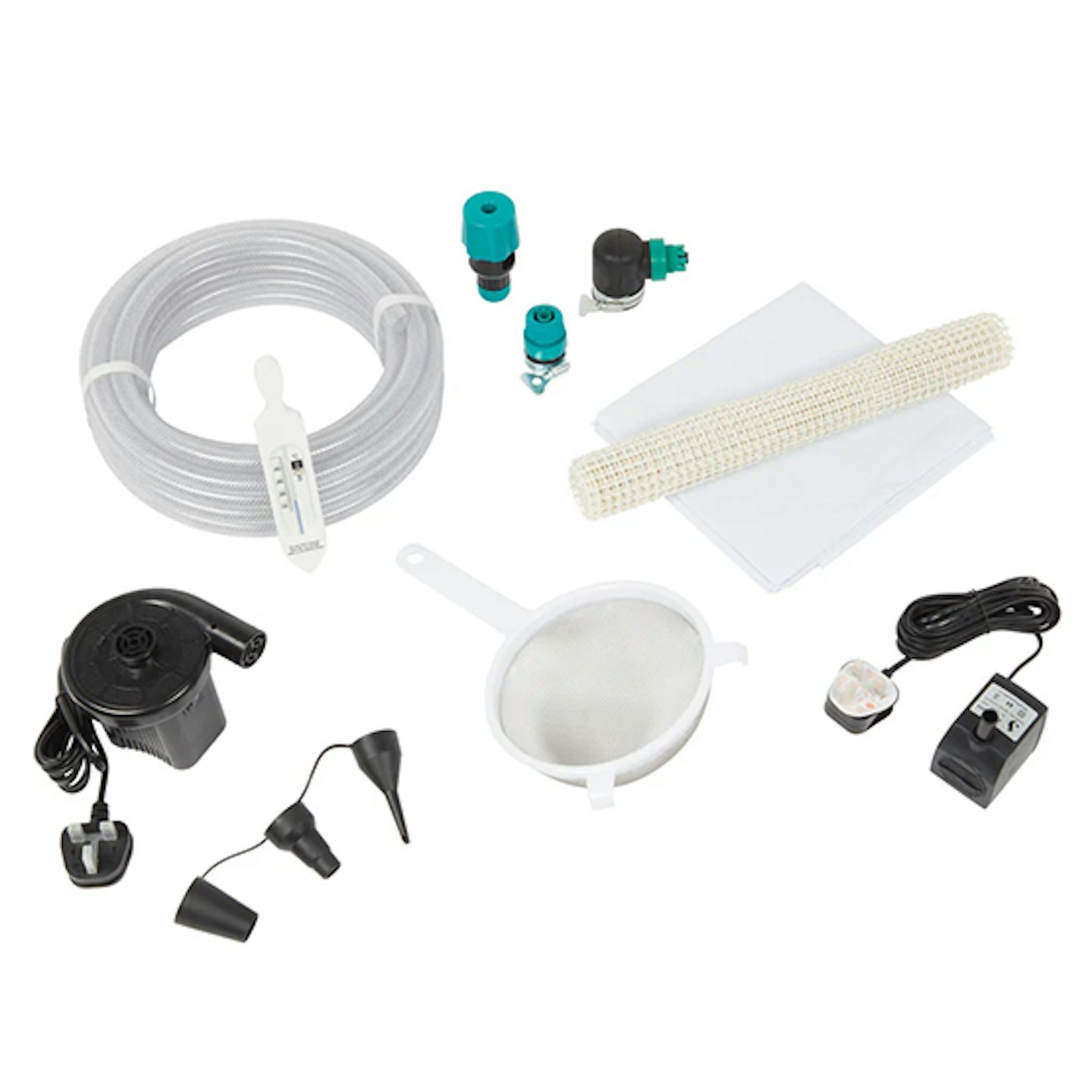 birth pool in a box
birth pool in a boxwww.birthpoolinabox.co.uk
For all your birthing pool accessory needs, look no further than this bundle. It contains a non-toxic 10 Metre Filling Hose with a 1/2" (12mm) bore to ensure a safe water supply for your birth pool, three tap connectors to fit a variety of tap sizes, a round mixer tap connector designed for wider tap shafts up to 27mm in diameter. You'll also get a thermometer, strainer, non-slip floor mat anti-slip floor cover to protect your floor from any spills, water pump, inflate/deflate pump for easy inflation and deflation.
Things to consider before buying your birth pool
Room size: It's a good idea to measure how much space you'll have in your room for your pool. Be sure to check the dimensions against your room size to make sure the pool fits. There are both mini and regular sized pools to choose from, so you should be able to find an ideal one for your space.
Water source: Will your pool be close enough to a kitchen or bathroom to fill your pool up? Depending how far away you are from your water source, this will impact how long the hose needs to be.
Water temperature: The recommended water temperature is between 35°C and 37°C in the first stage of labor and 37°C for the birth. Just remember that water heaters aren't recommended for birth so it's best to ask your birth partner to keep an eye on temperature changes with a thermometer.
Floor strength: Once filled, your pool will be very heavy, so it's a good idea to make sure your floor can handle the weight of the full pool.
Pool depth: If you're a taller mum, you'll probably want to go for a larger pool or one that offers more depth so that you can fully submerge in the water and be comfortable.
Make the most of your birthing pool
Have a trial run
If you’re having a pool at home, it’s essential to have a trial run at blowing it up, filling it, and of course, having a test dip. In labour, deciding when to start filling the pool is the million-dollar question, but it’s best to err on the side of caution, especially if you have a water system where you’ll need to reheat several tanks to fill a birth pool. If you think you’re in labour, get your partner on the case, because there are many stories of women who have given birth before the pool was ready to get in!
Accessorise your pool
Get an underwater thermometer - a bath thermometer will do - to ensure the water is at the safe temperature of 96 to 98 degrees. A small sieve can quickly remove any 'debris' from the water while a clean bucket is useful to bail our colder water before topping up with warm. Plate battery-operated fairy lights between the liner and pool to create a lovely 'glow' in the water.
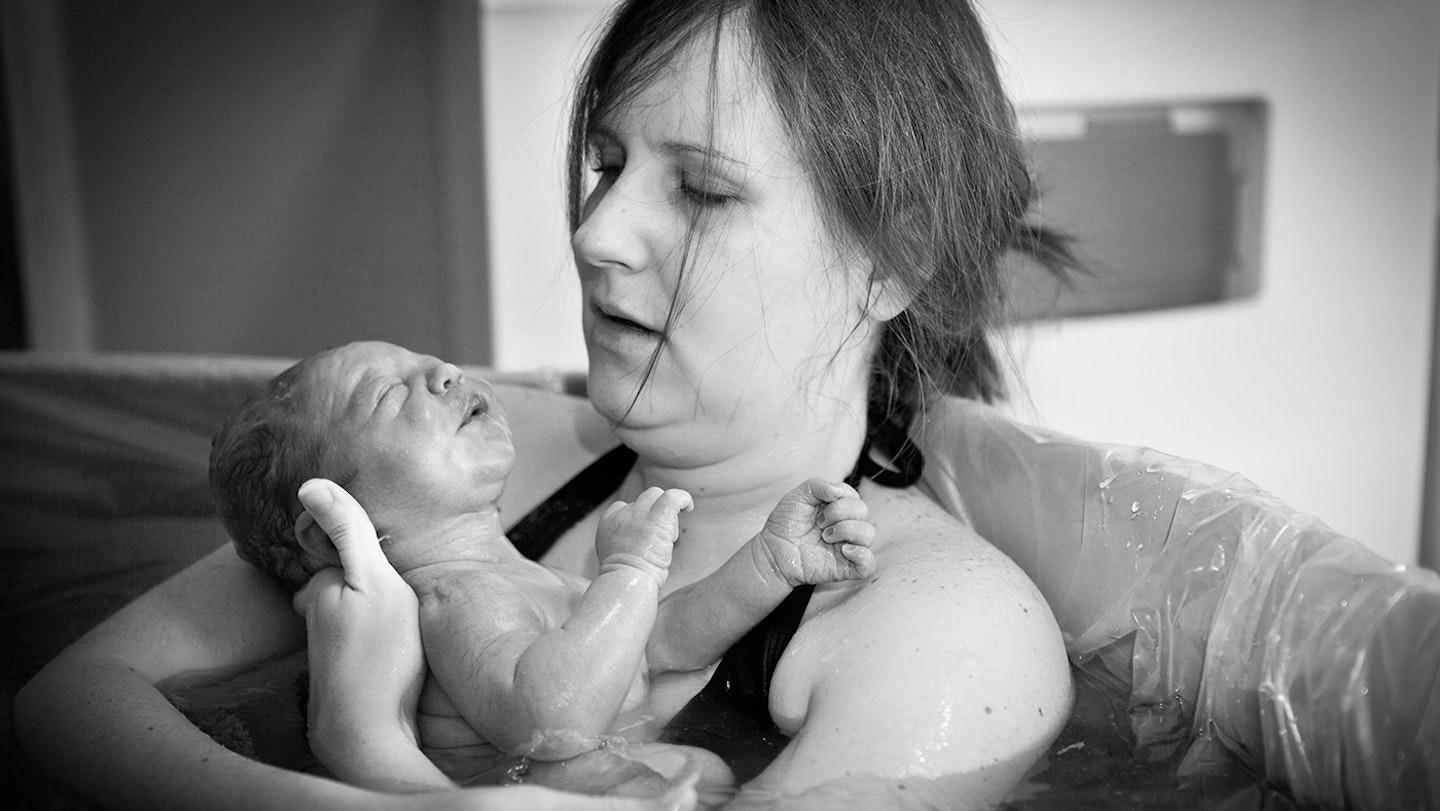
Stock up on towels
Keep plenty of towels handy – some old ones that can be put to use mopping up any spills around the pool, and several nice fluffy ones that you can wrap around you if you need to get out. You may need at least half a dozen if you get in and out several times.
Relax
Your water birth can be made even more special by creating a calm, relaxing birth space. Keep lighting low and use tea lights and fairy lights, along with your favourite music, and discourage interruptions. Practise deep breathing or hypnobirthing as you float your way through contractions.
Birthing pool FAQs
Will I need a birth pool liner?
Yes, a birth pool liner is essential as it forms an effective barrier against water and germs. You'll find when buying or renting most birth pools come with a liner but you might want to buy an extra one.
When should I get in the birthing pool?
This depends whether you’re having your water birth at a hospital or at home. If you’re having it at home then you are free to get into the birthing pool whenever you like and the warm water may help soothe your contractions. Just remember, if you do get into your birthing pool at the start of your labour then the water may need to be changed later on. If you’re planning to give birth at the hospital then, again, you may be given the option to decide when you want to get into the water, otherwise you may only be allowed in it when you’re having strong contractions and your cervix is at least five to six centimeters dilated.
Who can get into the birthing pool with me?
If you’re having a home birth then you may want your partner to join you in the water with you. This may also be allowed at a hospital or birth centre, however it’s a good idea to check first as rules will differ. However, in most cases, your midwife doesn’t join you in the pool.
What are the best positions to be in?
• Squatting while holding onto the sides of the pool
• Resting on your side with your head supported by an inflatable pillow on the side of the pool
• If your partner is in the pool with you, you may want to sit with your back against them
• Floating on your tummy with your head sideways, resting on the side of the pool
• On your knees and leaning forwards onto the side of the pool
Is a birthing pool worth it?
As you can see from these products, it isn't cheap to hire or buy a birth pool. If however you're very keen on a home birth, then they're worth getting so that you can enjoy the birth experience you're hoping for. If however you're wanting a water birth in hospital, it's a good idea to speak to your midwife about the number of birthing pools available in the hospital. If there are a very minimal amount, and they can't promise one will be free, then you might want to buy or hire your own to take with you to give you some peace of mind if a water birth is something you're keen to have. Just be sure to check with your midwife and hospital before purchasing.
How big is a birthing pool
There are two different sizes of birth pool you can get. A mini pool measures 165 cm x 145 cm with a water depth of 45 cm to 55 cm. A regular pool measures a little larger at 193 cm x 165 cm with a water depth of 45 cm to 58 cm.
Are birthing pools heated?
Public Health England recommends against using water heaters due to infection control risks. The advice instead of using a heater is to add more hot water if the water cools down during labour. You can also cover the tub with a blanket or a cover to keep the heat in.
How do you empty a birthing pool?
Start by using a strainer to remove any debris from the water and throw it away. Next, attach the hose to the pump's adaptor nozzle. Lower the pump to the bottom of the pool, with the suction cups face down. Now put the other end of the hose into a toilet, drain, or outside drain. Plug the pump into an electrical socket and turn it on. The pool should empty in about 30 minutes, just be sure to keep an eye on it and don't leave the pool unattended while it's draining.
How long does it take to fill a birth pool?
This really depends on the water supply you're filling from and it can take anywhere from 30 minutes to 3 hours to fill a birth pool.
A journalist since 2015, Emily Gilbert is the Features & Reviews Editor for Mother&Baby and has written for the website and previously the magazine for seven years. First-time mum to Theodore, Emily writes about everything from the top baby products to pregnancy, fertility and maternal mental health. Specialising in product reviews, Emily is the first to know about all the exciting new releases in the parenting industry.
